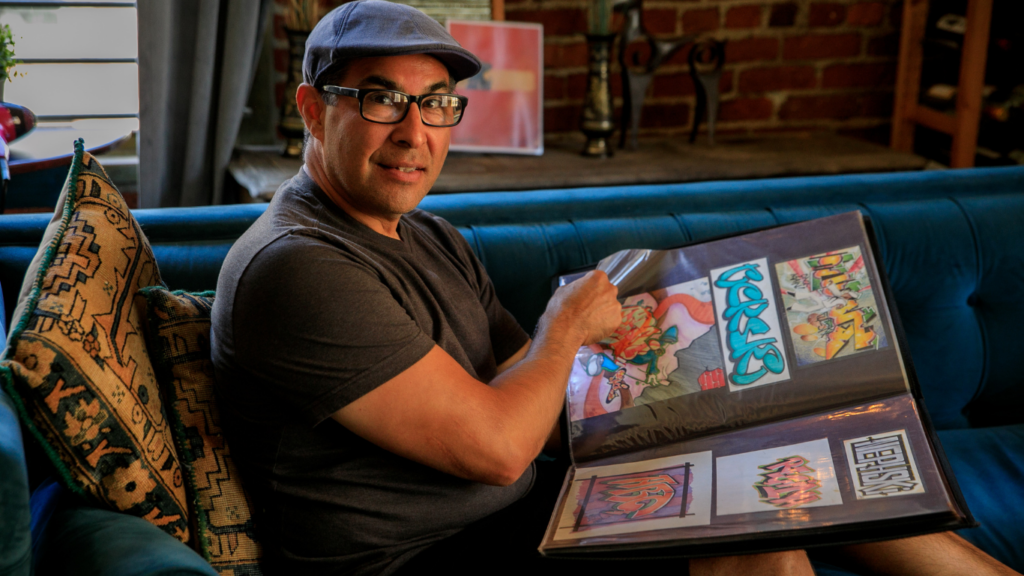Understanding the Importance of Art Portfolios
Creating an art portfolio that sells starts by understanding its significance. An art portfolio is more than a collection of works; it’s a representation of an artist’s skill and vision.
Why Your Portfolio Matters
Your portfolio serves as your visual resume. Potential buyers, galleries, and curators judge your talent based on the works you include. A strong portfolio distinguishes you from other artists and opens doors to exhibitions and sales.
What Makes an Art Portfolio Successful?
A successful art portfolio integrates high-quality images, consistent themes, and a clear narrative.
- High-Quality Images: Use professional photos to present your artwork. Blurry, poorly lit images undermine your work’s impact. Invest in high-resolution pictures that showcase details and textures.
- Consistent Themes: Focus on coherence in your portfolio. Select pieces that represent your style and thematic interests. Consistent themes help create a recognizable brand for your art.
- Clear Narrative: Tell a story through your works. Arrange pieces to guide viewers through your artistic journey. Include titles, mediums, and brief descriptions to add context and depth.
By focusing on these key elements, you create an art portfolio that captivates and sells.
Crafting Your Art Portfolio
Creating a compelling art portfolio involves strategic selection, presentation, and leveraging of digital platforms. A well-organized and visually appealing portfolio can significantly boost an artist’s visibility and sales.
Selecting the Right Pieces
Choosing the appropriate artworks is crucial. I focus on selecting pieces that best reflect my artistic style and range. Curate a diverse yet cohesive collection, ensuring each piece complements the others.
Include variety by integrating different mediums or styles, which can showcase versatility. For instance, mix paintings, sketches, and digital art if they align with your overall theme.
Utilizing Digital Platforms
Digital platforms enhance portfolio reach. I use websites, social media, and online galleries to display my artworks. A professional personal website acts as a central hub, providing an organized and easily navigable collection.
Instagram, Pinterest, and other visual platforms attract followers and potential buyers through regular updates and interactive content. Additionally, I submit my work to online galleries and art marketplaces like Saatchi Art and Artsy, broadening my exposure to a global audience.
Key Design Principles for an Effective Portfolio
Creating an effective art portfolio involves adhering to essential design principles. Ensuring consistency, cohesiveness, and visual appeal is vital in making a portfolio that stands out and sells.
Consistency and Cohesiveness
A consistent and cohesive portfolio speaks volumes about an artist’s vision. Including pieces that share a unified theme or style gives the portfolio a professional look. For example, using a consistent color palette or recurring motifs across works can create harmony.
Organize artworks logically, grouping similar pieces together. This arrangement helps potential buyers or galleries understand the artist’s range and focus.
Visual and Aesthetic Considerations
Visual appeal significantly impacts a portfolio’s effectiveness. High-resolution images with good lighting and framing showcase artworks best. Use clean layouts and ample white space to avoid clutter, focusing the viewer’s attention on the art.
Choosing a minimalist design for the portfolio’s layout can further enhance the presentation. Avoid distracting elements or overly complex backgrounds. By prioritizing aesthetics, the art remains the main attraction, increasing its appeal to potential buyers.
Marketing Your Art Portfolio
To boost your art portfolio’s visibility and attract buyers, focus on robust marketing strategies. Leverage both online presence and offline networking for optimal results.
Building an Online Presence

Enhance your online presence to reach a wider audience. Establish a professional website showcasing your portfolio with high-quality images and detailed artwork descriptions. Integrate SEO strategies by including relevant keywords in titles, descriptions, and alt text to improve search engine ranking.
Utilize social media platforms like:
to share your art. Post regularly, engage with your followers, and participate in online art communities. Use hashtags related to your art style and subject matter to increase discoverability.
Create a mailing list to send newsletters featuring new works, upcoming exhibitions, and exclusive offers. Leverage email marketing tools to automate and track campaigns’ effectiveness, focusing on carefully crafted content and attractive visuals.
Networking and Presentation Skills
Build a strong network to open doors for collaboration, exhibition opportunities, and sales. Attend art fairs, gallery openings, and industry events to connect with artists, gallery owners, and potential buyers. Carry business cards and a digital portfolio on your phone for quick sharing.
Refine presentation skills to convey your artistic vision compellingly. Practice your elevator pitch to summarize your work and inspiration in a few sentences. Prepare to discuss your creative process and answer questions confidently during networking events and exhibitions.
Engage actively in artist circles, both online and offline, by joining groups, attending workshops, and participating in critiques. Building relationships within the art community enhances your reputation and expands your network, creating more opportunities for your art portfolio to sell.


